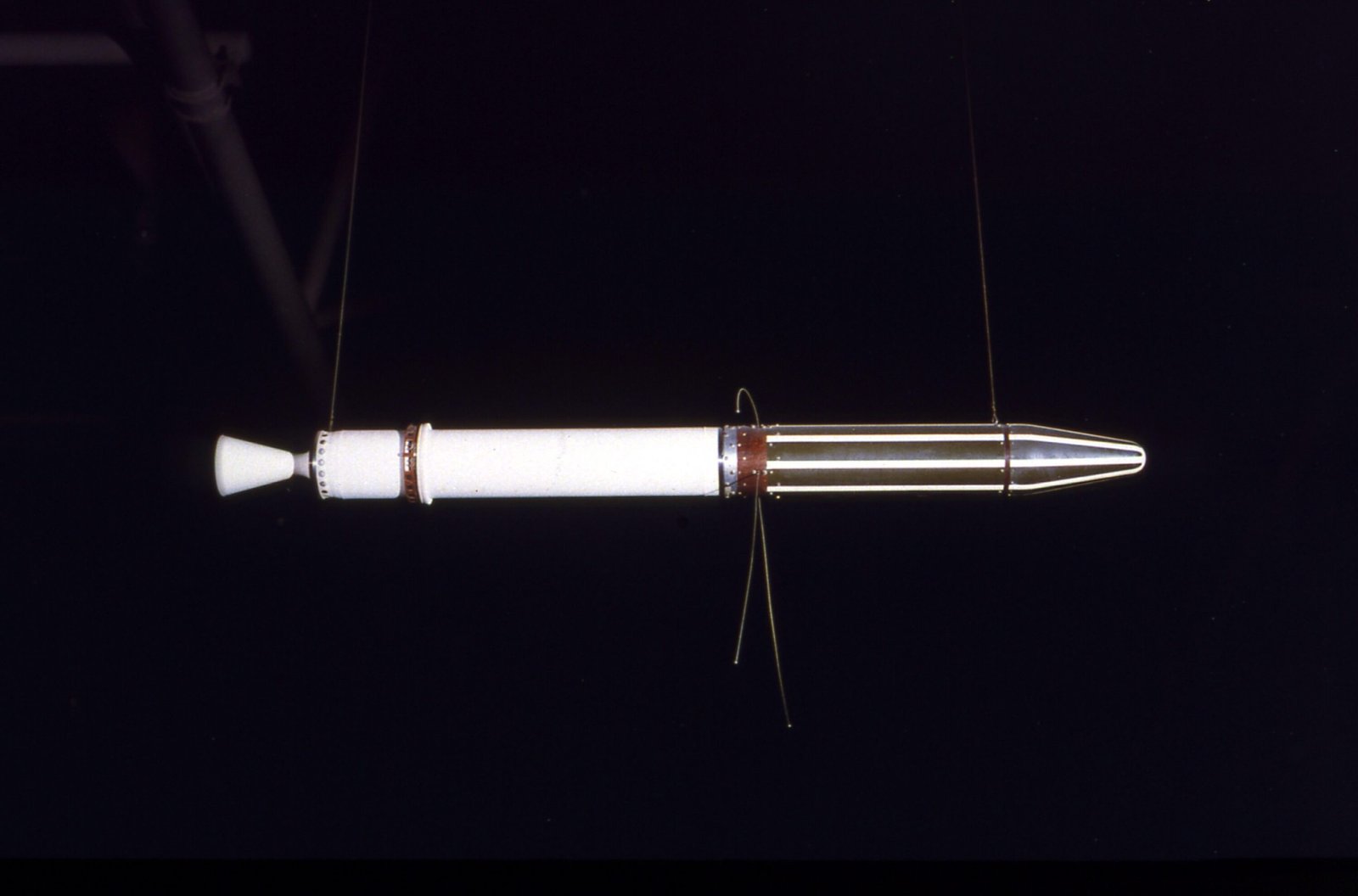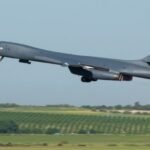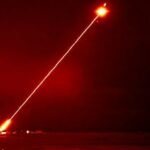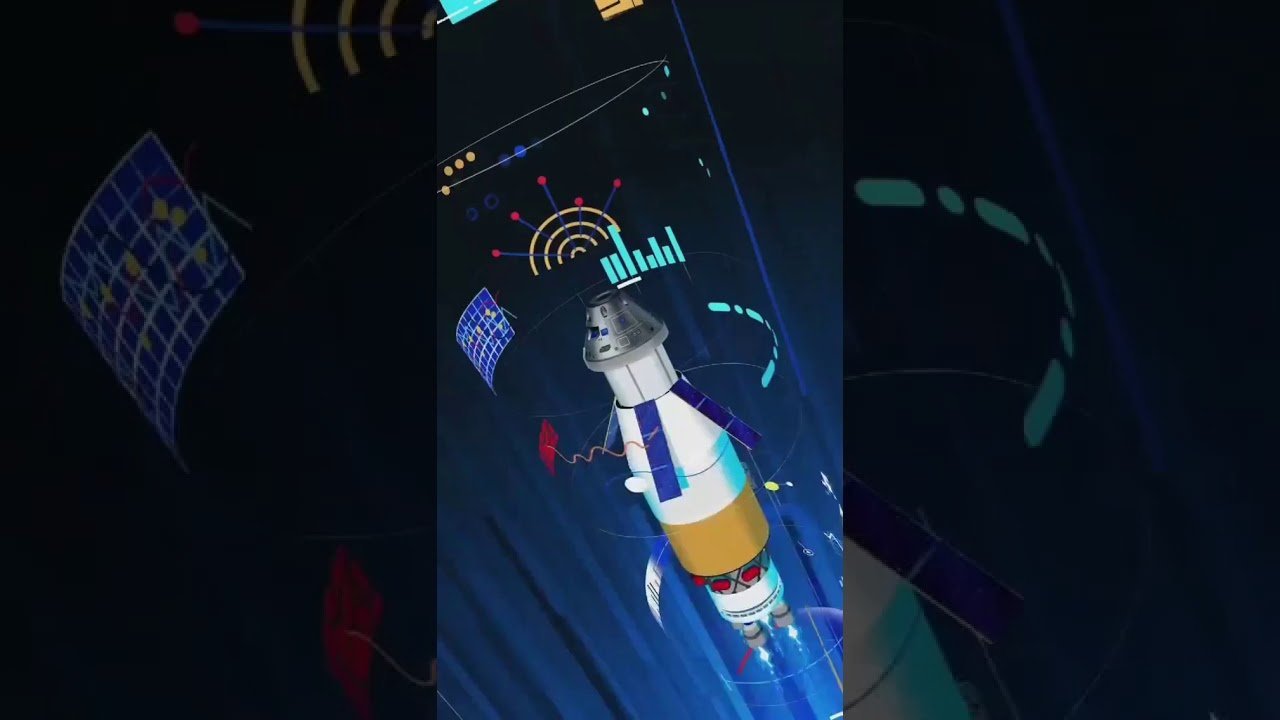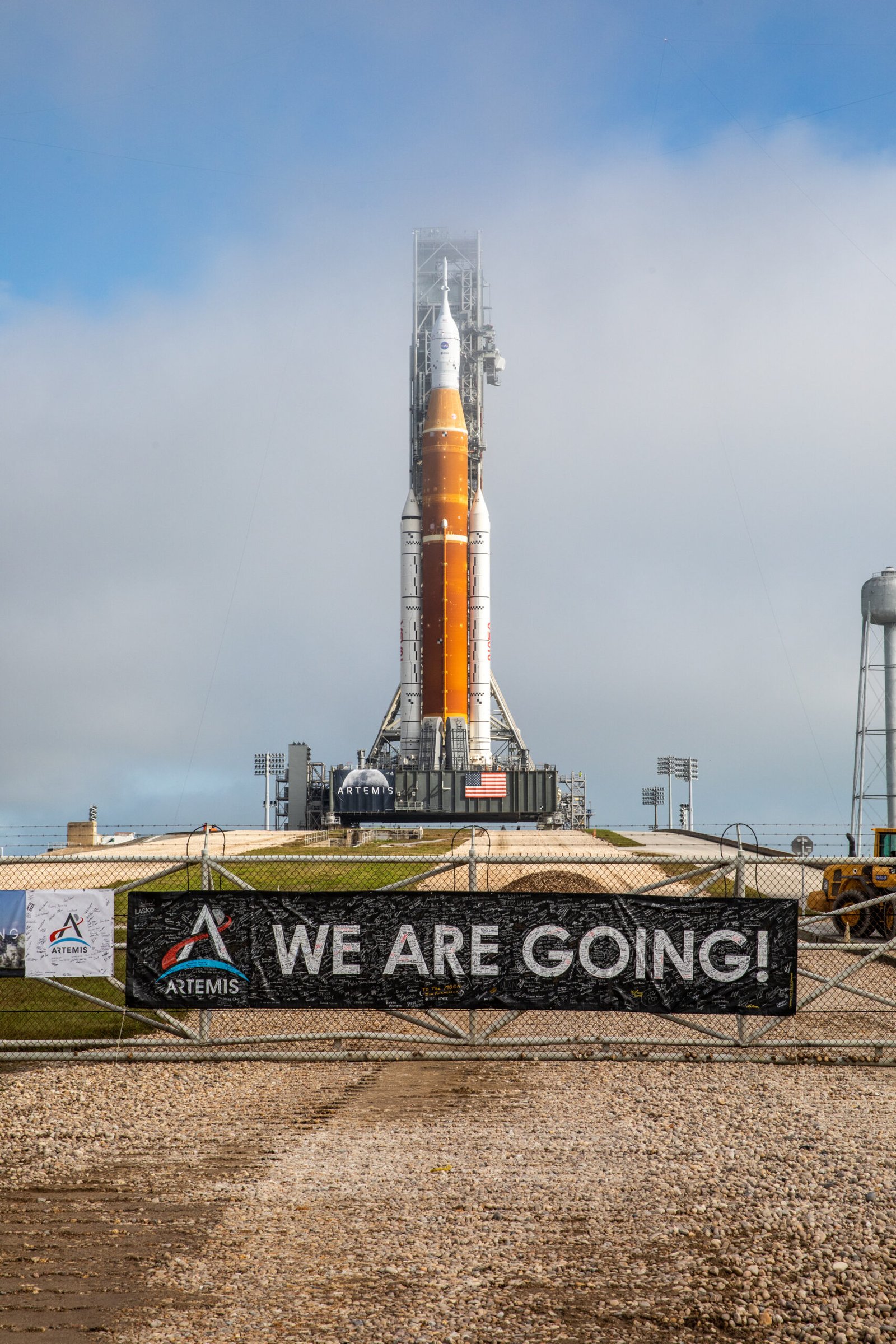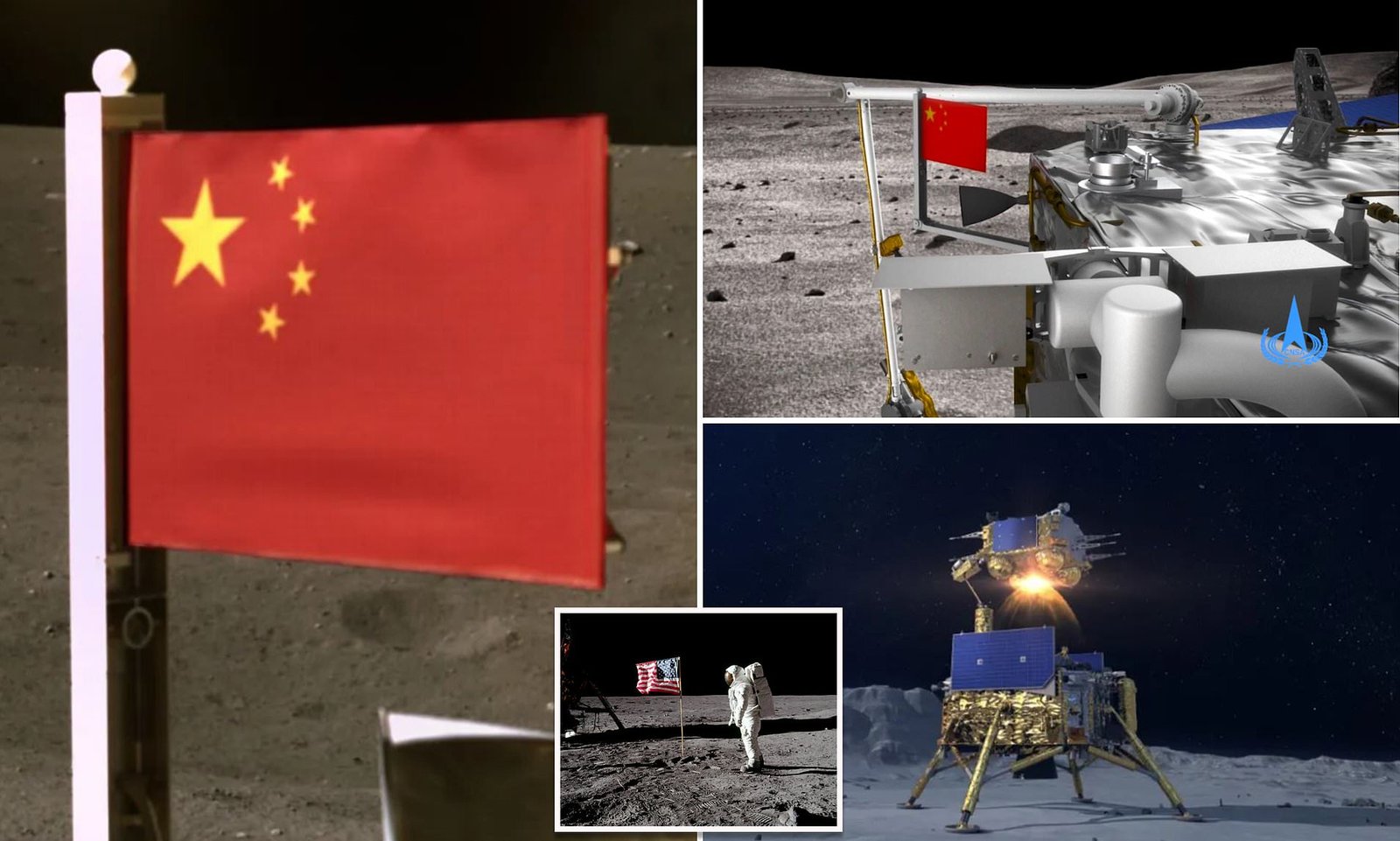America is on the mission to explore mars, and the moon more than ever before with the Artemis program NASA will launch the first woman on the moon and next man by the year 2024.
NASA is working with its partners to make the exploration of the moon sustainable under Artemis program new regions of the moon which were never visited will be explored by humans.
NASA administrator Jim Bridenstine said that we will return to the moon as a stepping stone for the greatest leap ever which is human exploration of the moon.
It has been almost 50 years since humans last walked on the moon. For the last 20 years humans are tirelessly working in space stations preparing for the day to explore more of the solar system.
Sending human explorers into the solar system requires bold intuition and program management. NASA is executing the Artemis program to achieve these goals and setting history in the space industry.
EARLY ARTEMIS MISSION:
With the space launch system and Orion spacecraft are in the testing and development process and near to end. NASA is working to make the earliest and safe landing on the moon through initial testing of Orion, the space station and human launch system as soon as possible.
PHASE 01:
The first phase known as Artemis I is enroute in 2021 to the moon without astronauts and carrying robots to the moon for technological demonstration twice in a year from 2021.
In the first phase NASA adds more details to test during phase two through the observations and information made in the initial phase.
PHASE 02:
When the Orion spacecraft separates from the interim stage the astronauts will handle the Orion manually from the back away this will help in handling Orion’s hardware and software performance, data collection and operations that cannot be gained on the ground about undocking, docking while lunar orbit beginning on the Artemis III.
PHASE 03:
In 2024 humans will be back on the moon and land on the lunar South pole, after launching on a space launch system (SLS) dock to the gateway before going to the landing system and beginning their journey.
Then they’ll collect samples and conduct experiments over the seven on the moon.
NASA is working and combining to launch it’s two components in 2023. Remotes testing is done also, two components are being selected to test the weather before the return of humans to check the climate situation.

SUSTAINABLE ARTEMIS MISSION:
NASA is working with its partner agencies to make sure that spacecraft are built according to international standards of interoperability to make as many reusable components to promote sustainability on the moon.
PROGRAM ASSESSMENT REPORT:
In January 2020, NASA’s Human Exploration and Operations Mission Directorate (HEOMD) sanctioned a program status assessment (PSA) of pursuit wanting to accomplish a human arrival on the Moon by 2024.
The appraisal included groups of NASA team and outside space industry specialists who analysed the early Artemis design, including Orion, SLS, Exploration Ground Systems (EGS), Gateway, HLS, and framework designing and cross-program reconciliation.
Individuals of the PSA groups analysed administration and reconciliation across programs, plan chances, specialized dangers, specialized frameworks designing combination, and test program in detail
Following the six-week evaluation, PSA discoveries demonstrated that the Artemis III methodology that was baselined for the first 2028 landing course of events and consequently the timetable to meet the objective of handling the first women and next man on the Moon by 2024 was fundamentally reliant on new innovation development.
In light of the discoveries, NASA is directing examinations with the HLS sellers to explore where high TRL frameworks may improve plans for Artemis III.
ARTEMIS I READINESS:
preparations for Artemis I are well in progress. manufacturing is finished for the SLS engines including four RS-25 fluid rocket motors, two strong rocket supporters, the huge center stage, and the interval cryogenic drive stage that gives Orion’s last push toward the Moon and all are finishing pre-flight tests.
Past huge ground tests when NASA has terminated components of the rocket from tests taken in Mississippi, Utah, and Alabama, a completely incorporated arrangement of ground tests will happen at Kennedy Space Center before a last Flight Readiness Review preceding the Artemis I dispatch from Earth to the Moon.
The Orion team module for the Artemis I mission has been completely coordinated, with the European assistance module. The administration module, worked by ESA, gives the greater part of the impetus, force, and cooling frameworks for the group module where space travellers will live and work during Artemis missions.
The coordinated rocket effectively finished mimicked in-space conditions testing, checking that Orion’s frameworks will proceed true to form during Artemis missions
The moon is more than a physical destination and exploration of the moon and the solar system is counted as one of the biggest success in the history of the earth.

